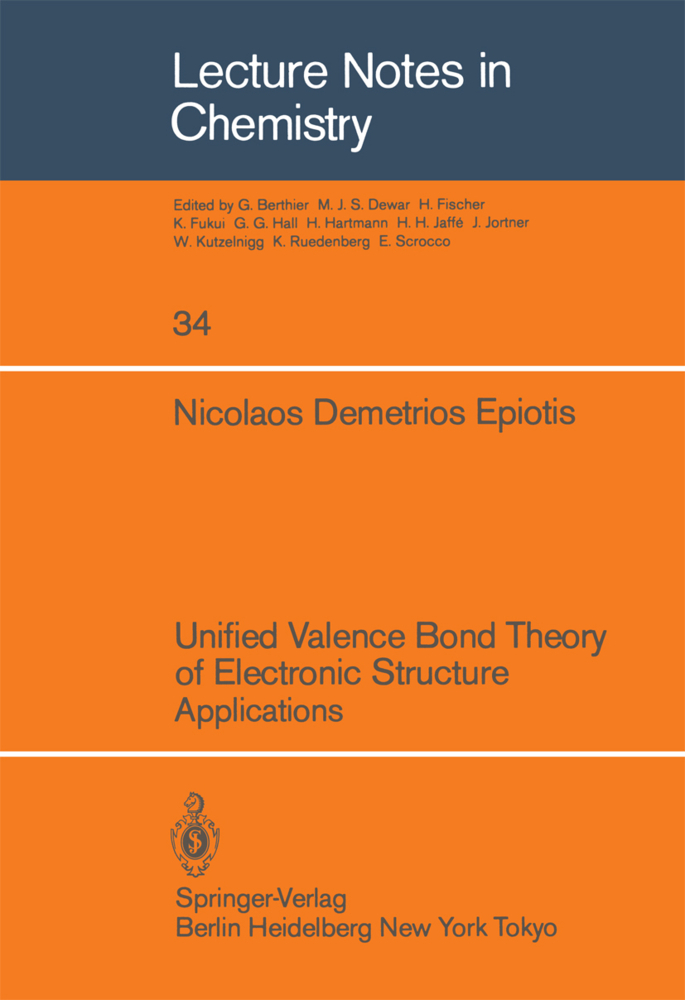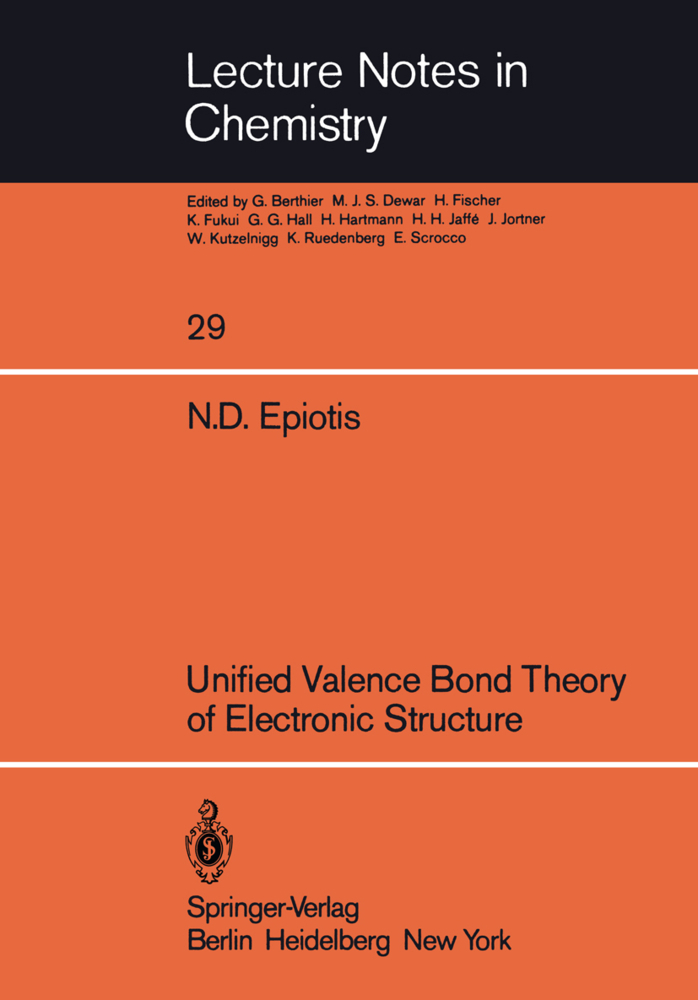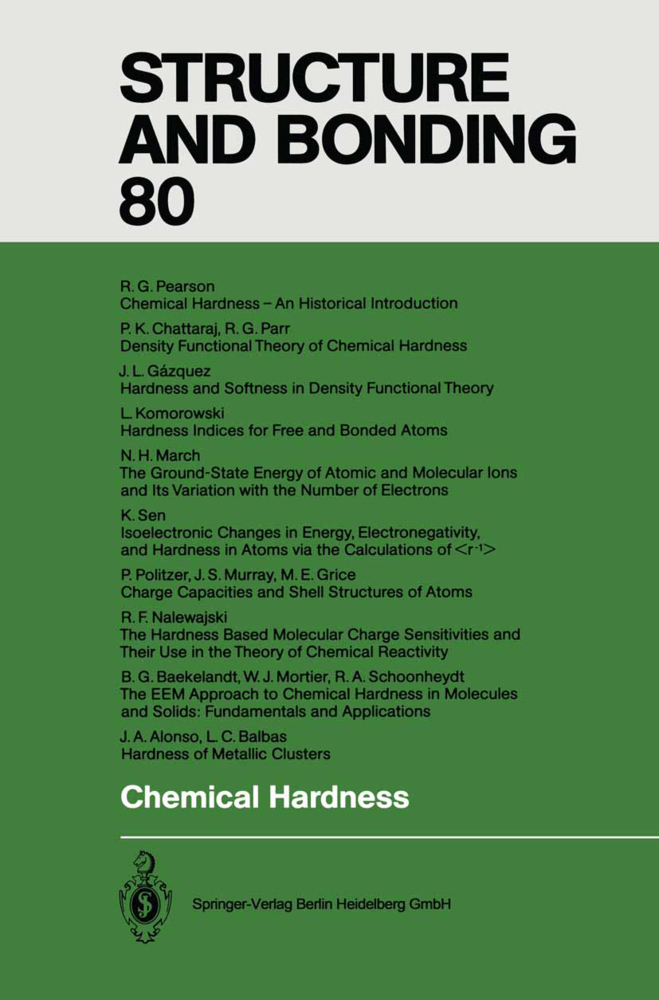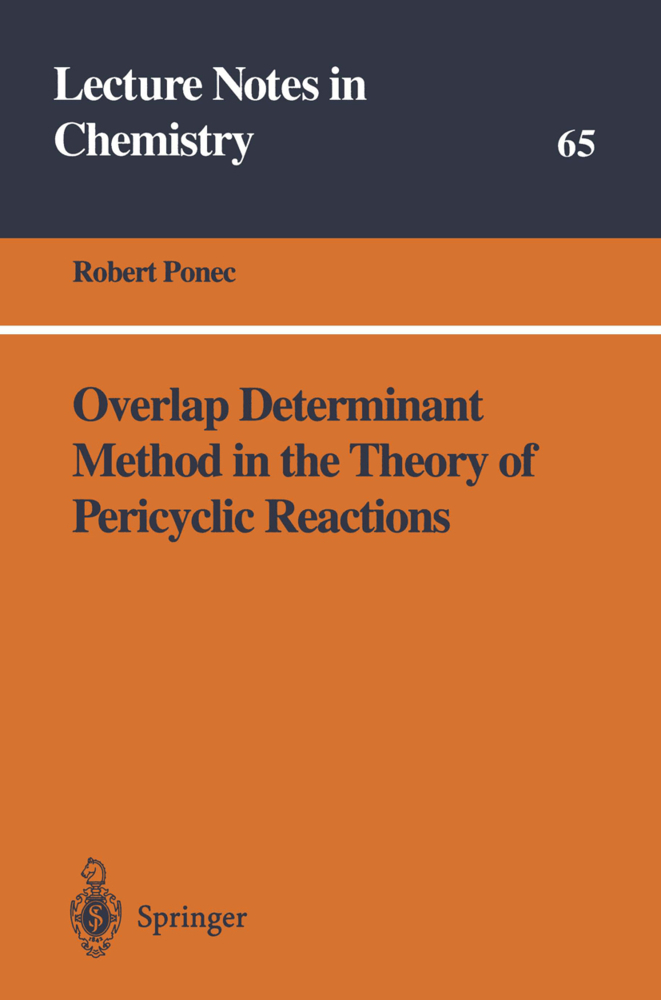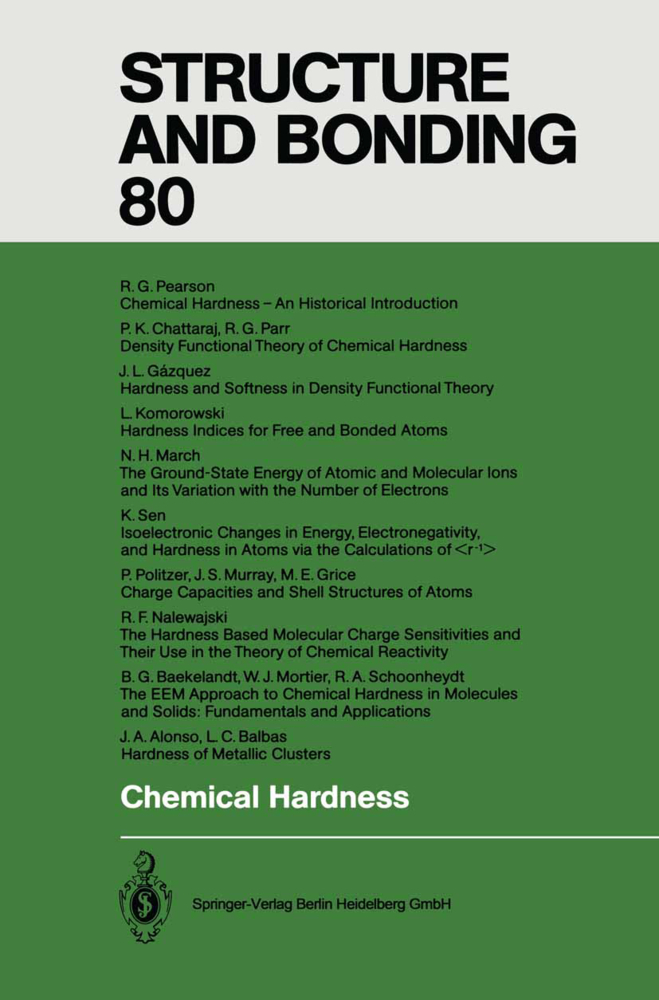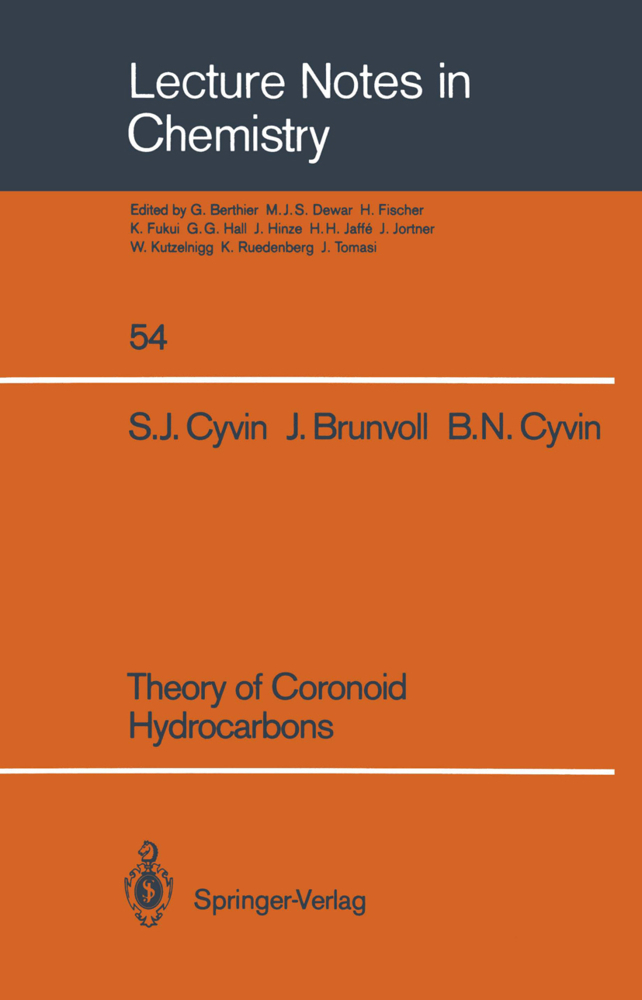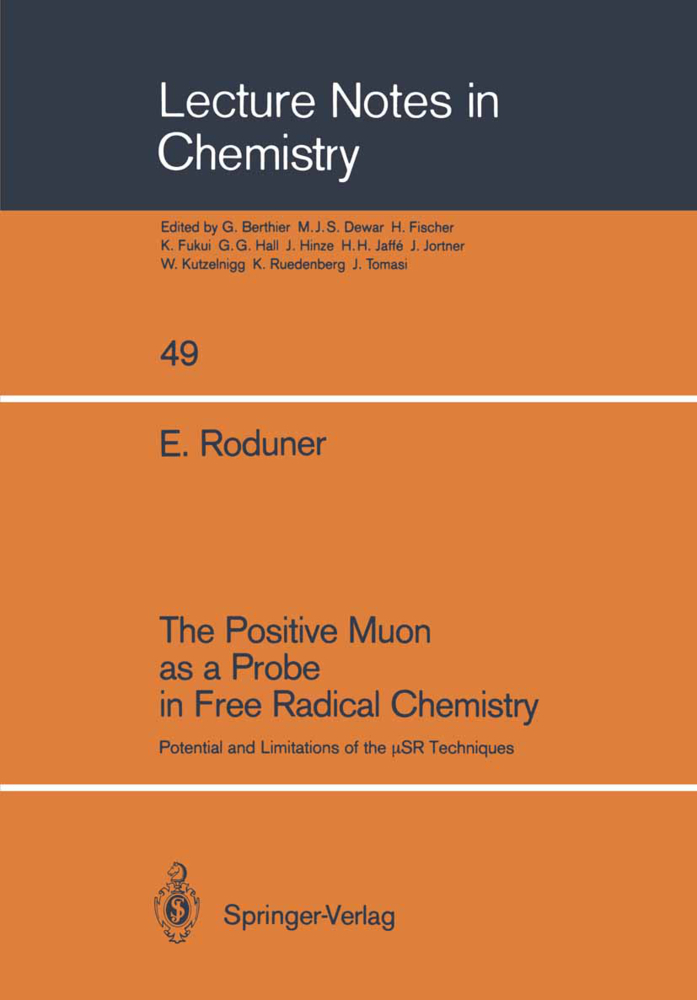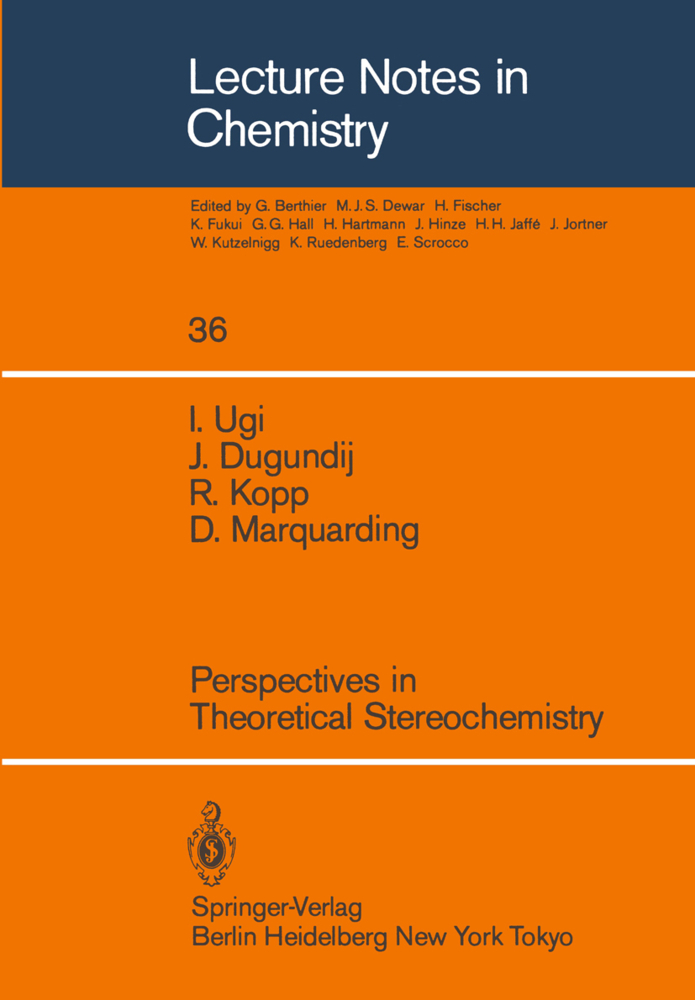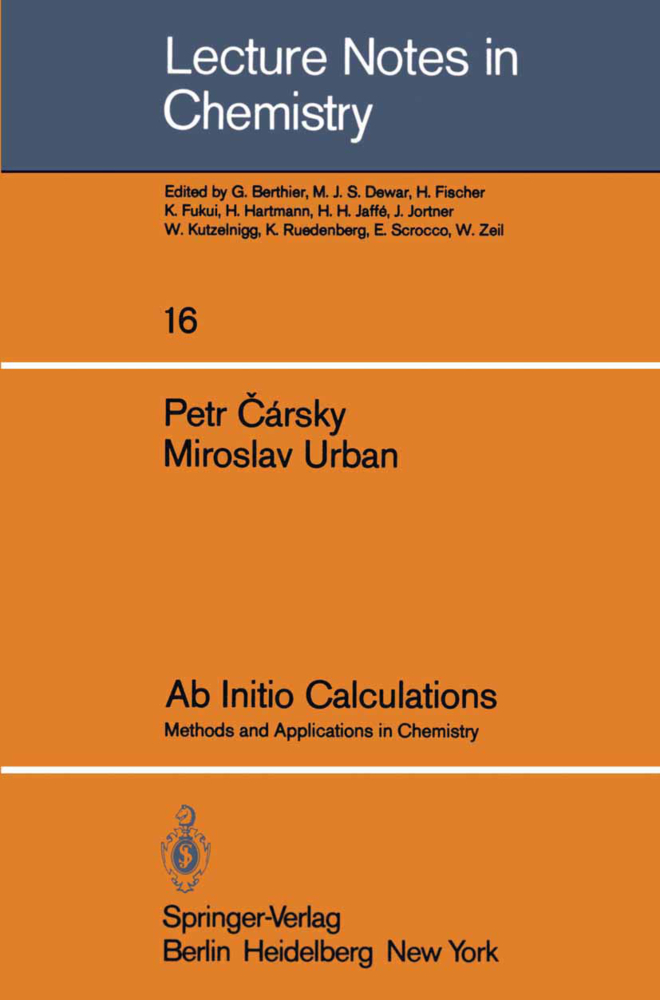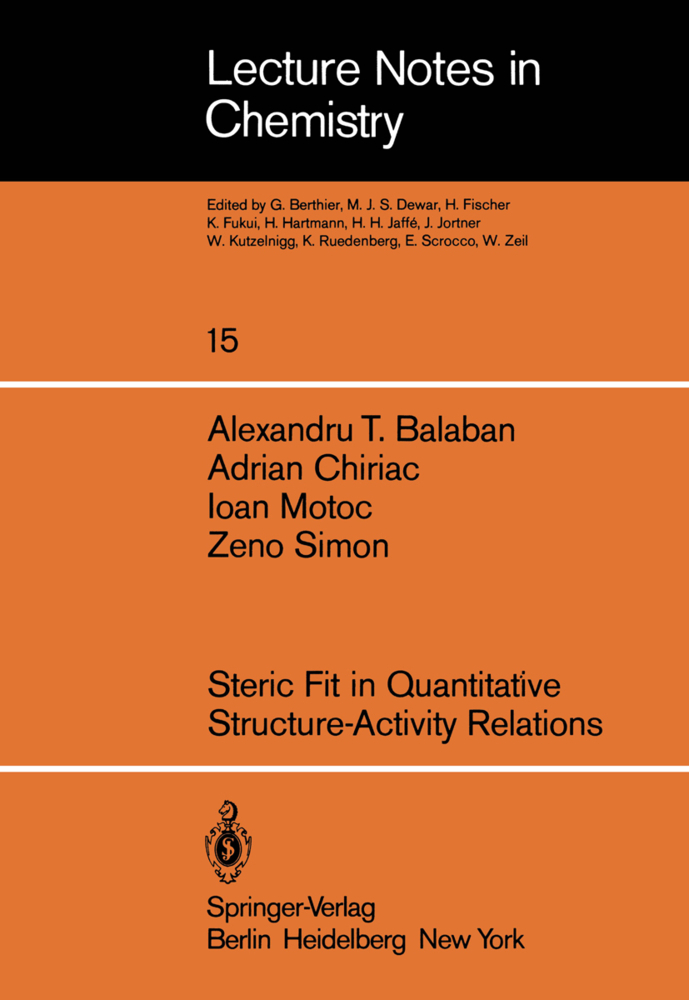Unified Valence Bond Theory of Electronic Structure
Applications
Unified Valence Bond Theory of Electronic Structure
Applications
The bond diagrammatic representation of molecules is the foundation of MOVB theory. To a certain extent, this kind of representation is analogous to the one on which "resonance theory" is based and this fact can be projected by a comparison of the various ways in which MOVB theory depicts a species made up of three core and two ligand MO's which define two subsystems containing a total of six electrons and the ways in which "resonance theory" (i. e. , qualitative VB theory) depicts a six-electron-six-AO species such as the pi system of CH =CH-CH=CH-CH=O. The 2 different pictorial representations are shown in Scheme 1 so that the analogies are made evident. First of all, the total MOVB diagrammatic representation of the 6/5 species is obtained by a linear combination of three complete bond diagrams, as in Al, which describe the optimal linear combination of!l! MOVB Configuration Wavefunctions (CW's). By the same token, a total VB diagrammatic representation of the 6/6 species can be obtained by writing a "dot structure", as in Bl, and taking this to mean the optimal linear combination of all VB CW's. Next, we can approxi mate the MOVB wavefunction of the 6/5 species by one complete (or detailed) bond dia gram" (A2). No simple VB representation analogy can be given in this case. Alterna tively, we can approximate the MOVB wavefunction by a linear combination of compact bond diagrams, as in A3, in the way described before.
2. Why do Organolithium Monomers have Strange Structures?
3. The Molecular Orbital-Valence Bond Theory of Excited States
4. The "Forbidden" World of Chemistry
5. The Concept of Natural Ligand Nonbonded Repulsion. The Ethane Paradigm
6. Conformational Isomerism of N2H4 and Derivatives. The Stereochemical Consequences of "Forbiddenness" Removal
7. Geometric Isomerism: The Simplest Illustrator of Orbital Symmetry Control of Molecular Stereochemistry
8. Structural Isomerism and the Electronic Basis for Ligand Segregation on C2 Cores
9. The Saga of "Hypervalent" Molecules
10. The Molecular Orbital-Valence Bond Theory of Inorganic Chemistry
11. How to build Bridges by Molecular Orbital-Valence Bond Theory: The Structures of A2X4 Molecules
12. Why Benzene prefers to substitute and an Olefin ilikes to add?
13. Why "Effective" Bonds exist when "Real" Bonds are Absent: The Electronic Structure of the (1.1.1.) Propellane
14. The Detailed Electronic Structure of Carbocyclic Molecules and the Concept of Superaromaticity
15. The Explicit Theory of "Real" Electrocyclizations of Closed and Open Shell Molecules
Two. Beyond Monodeterminantal MO Theory
16. Frontier Configurations and a New Classification of Annulenes
17. Frontier Configuration Theory of Spin Selection
18. Why a Net Bond exists when it appears to be Nonexistent: The Electronic Structures of F2 and Inert Gas Fluorides
19. Chemical Anticooperativity and Sigma-Pi Hybridization
20. The Stereochemical Consequences of Coulomb Polarization in Ground State Molecules
21. The Qualitative Rationalization and Prediction of "Correlation Effects" in"Complex" Ground State Molecules
Epilogue
Erratum.
One. The Conceptual Power of Molecular Orbital Valence Bond (MOVB) Theory
1. The Induced Deexcitation Model2. Why do Organolithium Monomers have Strange Structures?
3. The Molecular Orbital-Valence Bond Theory of Excited States
4. The "Forbidden" World of Chemistry
5. The Concept of Natural Ligand Nonbonded Repulsion. The Ethane Paradigm
6. Conformational Isomerism of N2H4 and Derivatives. The Stereochemical Consequences of "Forbiddenness" Removal
7. Geometric Isomerism: The Simplest Illustrator of Orbital Symmetry Control of Molecular Stereochemistry
8. Structural Isomerism and the Electronic Basis for Ligand Segregation on C2 Cores
9. The Saga of "Hypervalent" Molecules
10. The Molecular Orbital-Valence Bond Theory of Inorganic Chemistry
11. How to build Bridges by Molecular Orbital-Valence Bond Theory: The Structures of A2X4 Molecules
12. Why Benzene prefers to substitute and an Olefin ilikes to add?
13. Why "Effective" Bonds exist when "Real" Bonds are Absent: The Electronic Structure of the (1.1.1.) Propellane
14. The Detailed Electronic Structure of Carbocyclic Molecules and the Concept of Superaromaticity
15. The Explicit Theory of "Real" Electrocyclizations of Closed and Open Shell Molecules
Two. Beyond Monodeterminantal MO Theory
16. Frontier Configurations and a New Classification of Annulenes
17. Frontier Configuration Theory of Spin Selection
18. Why a Net Bond exists when it appears to be Nonexistent: The Electronic Structures of F2 and Inert Gas Fluorides
19. Chemical Anticooperativity and Sigma-Pi Hybridization
20. The Stereochemical Consequences of Coulomb Polarization in Ground State Molecules
21. The Qualitative Rationalization and Prediction of "Correlation Effects" in"Complex" Ground State Molecules
Epilogue
Erratum.
Epiotis, N. D.
| ISBN | 978-3-540-12000-1 |
|---|---|
| Artikelnummer | 9783540120001 |
| Medientyp | Buch |
| Copyrightjahr | 1983 |
| Verlag | Springer, Berlin |
| Umfang | VIII, 589 Seiten |
| Abbildungen | VIII, 589 p. |
| Sprache | Englisch |

